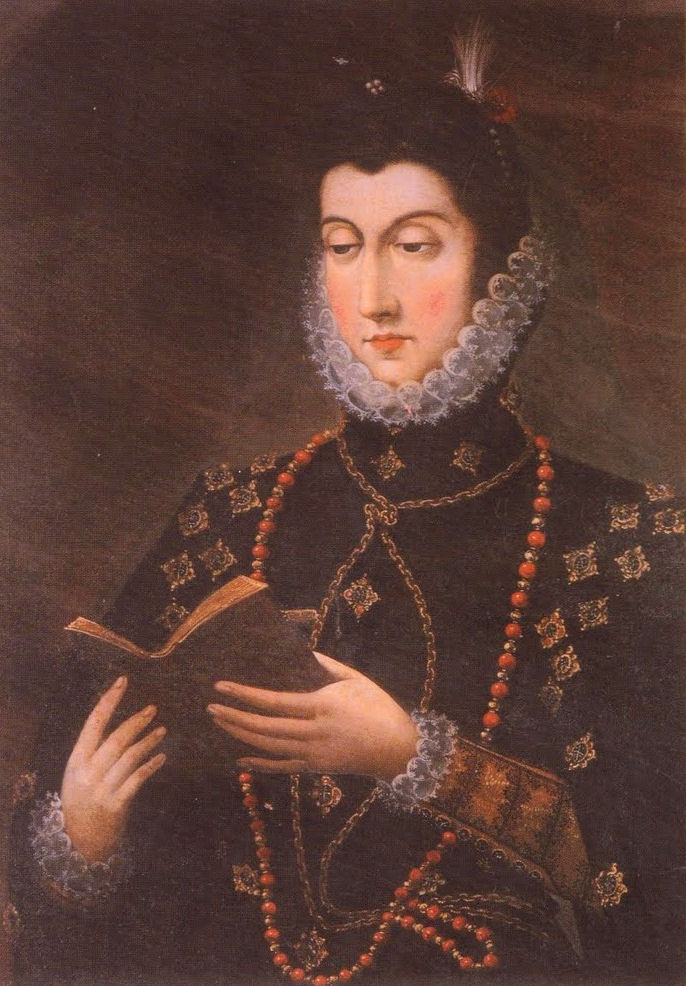This “ceremonial” which D. John had arranged was one of the proofs of his tender affection, knowing the highly religious feelings of the noble lady. The day of his arrival he confessed fully to the old Fr. Juan de Calahorra, and on the next, in the Prior’s private oratory, he communicated humbly and devoutly at Doña Magdalena’s side, partaking of the same wafer as she did, as on the first occasion of his approaching the holy table, led by the hand of Doña Magdalena, twenty years before, away in Villagarcia. Tears of quiet joy streamed over the old lady’s wrinkled cheek, as she understood that in this way D. John wished to show her that his faith and his love for her were unchanged, and tears also ran down the face of the hero of Lepanto as he reflected that, although his faith and filial love were unaltered, yet that he could not kneel by the side of that saintly woman wearing, as before, the white stole of innocence, but rather the rough, dark sackcloth of penitence….
Too soon for everyone came the moment of departure….
Doña Magdalena mounted a tower on the wall which surrounded Abrojo, to see the last of him, with Fr. Juan de Calahorra, the Prior, and the other monks, and, bathed in tears, to watch him turn his head and smile at the last bend of the road, her kind heart not guessing that he was disappearing for ever, that she would never see him again, and that in less than two years all this youth, gallantry and greatness would be dust, and that this deep, pure love would be nothing but a memory in her old age.
Rev. Fr. Luis Coloma, The Story of Don John of Austria, trans. Lady Moreton, (New York: John Lane Company, 1912), pp. 355-357.
Short Stories on Honor, Chivalry, and the World of Nobility—no. 124











